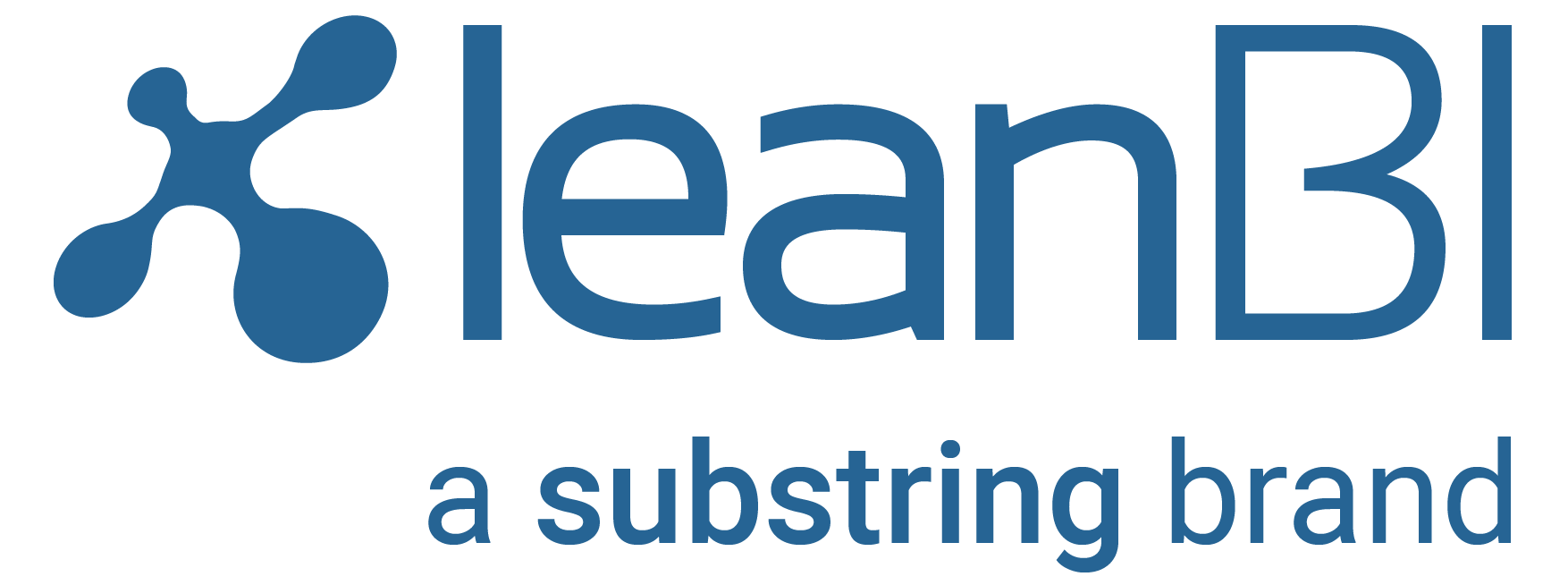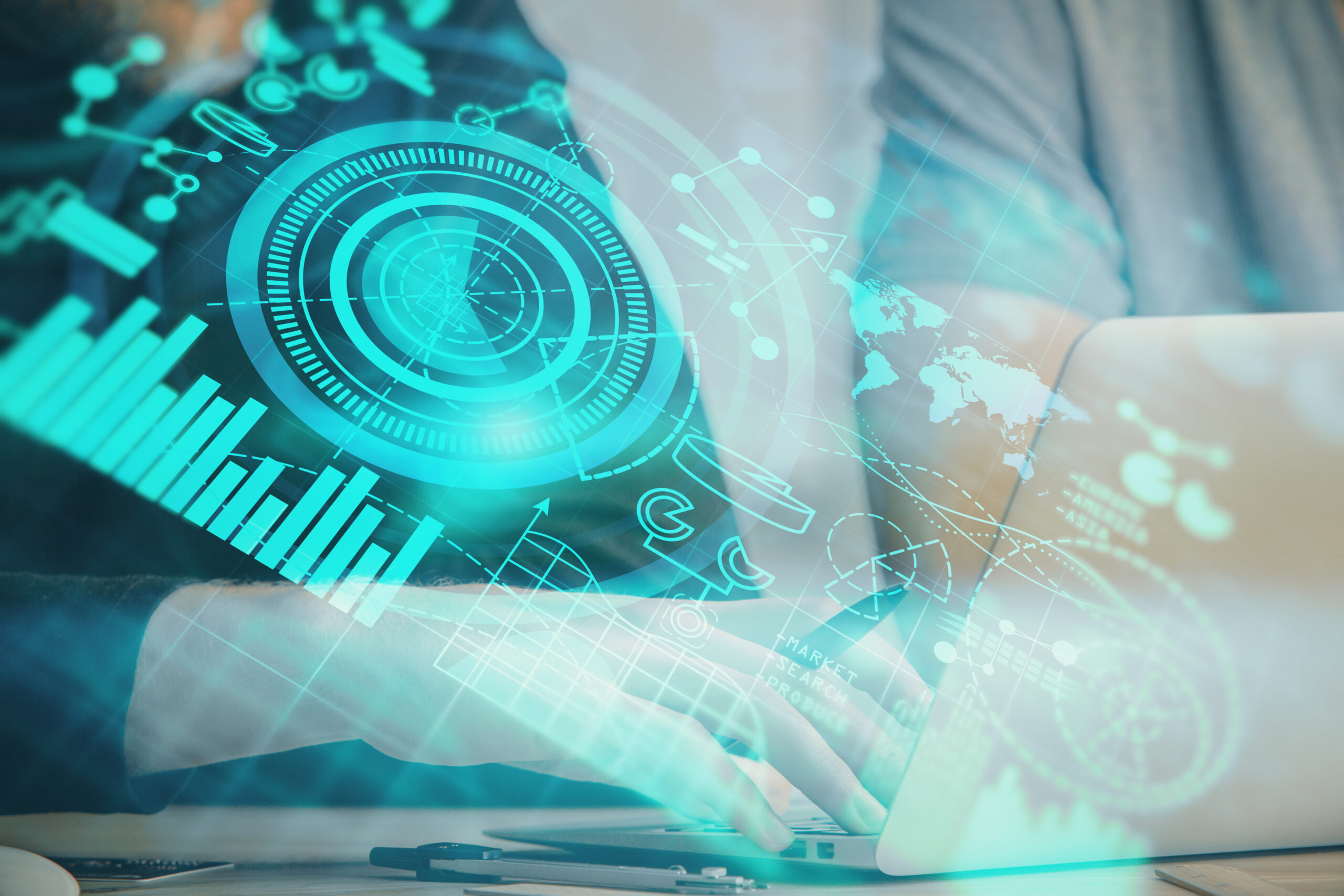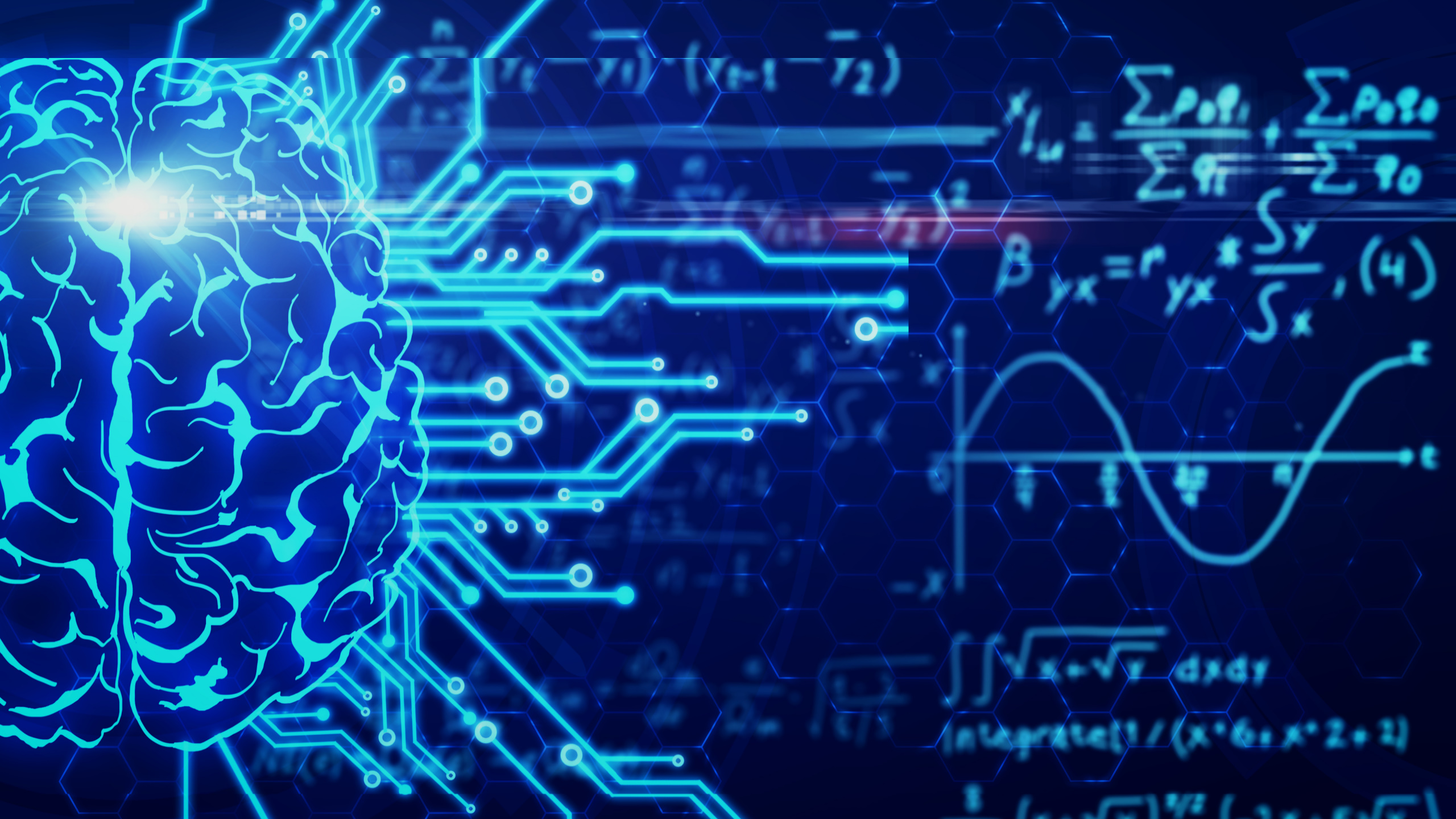Data analytics solutions to improve the OEE key figure.
Overall Equipment Effectiveness (OEE) is the most important indicator for industrial companies. Many companies rely on data analytics solutions to optimize the overall equipment effectiveness. In this blog, we show how an improvement of the OEE key figure is possible with a digital Retrofit.

Optimizing effectiveness is one of the highest priorities for many companies. Overall Equipment Effectiveness (OEE) measures whether machines and systems are running effectively. Composed of the maximum availability, quality, and output, this determines the overall effectiveness of plants and machines.
With the help of data analytics solutions, the generated data from machines and systems can be recorded and evaluated by machine learning algorithms. This gives companies an overview of the status of plants and machines and enables them to predict malfunctions or plan maintenance work.
In the second part, you will get to know other data analytics solutions that contribute to improving the OEE key figure. Thanks to a digital retrofit of machines and systems, these solutions can also be used in legacy systems:
Predictive quality applications use the collected data to predict malfunctions in machines and systems that could have a negative impact on product quality. By intervening promptly and changing process parameters or machine settings, industrial companies can avoid the occurrence of scrap and reduce added costs.
Predictive performance applications draw on the detected anomalies of predictive maintenance and predictive quality. The data is used to continuously optimize and train the machine learning algorithms. This enables continuous improvement of performance.
Legacy systems pose a particular challenge in the realization and implementation of such data analytics solutions. With the help of a digital retrofit, machines as old as 20 or even 30 years, can be upgraded with sensors and data interfaces. In addition to conventional vibration, temperature and current measurement technology, optical and acoustic sensors can also be installed. Industrial companies can rely on proven technical frameworks to implement data analytics solutions such as predictive maintenance, predictive quality, and predictive performance to improve overall equipment effectiveness.
Have we aroused your interest?
We would be happy to advise you and show you various ways in which you can improve your overall equipment effectiveness with a retrofit of your machines.




















